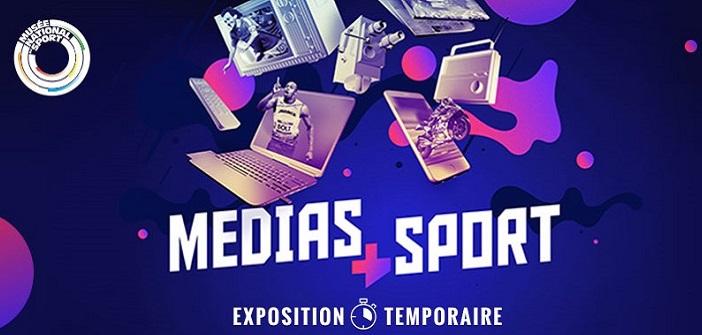In this exhibition, the National Sports Museum tells the story of those who have passed on the sport and who, for over 150 years, have been transforming it to make it increasingly popular.
From its inception, the sports press has extolled the virtues of sports and athletes to better feed off them and ensure its development. By magnifying its values and creating heroes, it fosters a love for sports. This deep and sincere passion is what turns young readers into lifelong fans.
Using sports… to better serve them. During the second half of the 19th century, the sports press became the main creator of events, initially focusing on cycling races to boost sales: the Paris-Rouen (1869), the Paris-Roubaix (1896), and of course the Tour de France (1903) were, for example, created by “Le Vélocipède illustré,” “Le Vélo,” and “L’Auto.”
This support for sports further intensified in the 20th century with the emergence of new media, driven by technological progress. After the press came the radio, which broadcast sporting events live for the first time. Then, very quickly, television appeared, changing everything. Beyond allowing for the global broadcast of all sporting events, this medium has also been financing the biggest competitions for many years, paying increasingly significant broadcasting rights. Finally, today, digital is everywhere, delivering instant information, though sometimes without journalistic filtering or analysis.
Whether written, spoken, or filmed, media primarily aim to tell the story of sports and exalt its champions. The great voices, legendary lines, iconic images, whimsical drawings, and the sounds that accompanied great sporting moments are now part of the collective memory, a heritage to be preserved and disseminated.
Media evolve, sometimes profoundly, but the emotions they convey remain just as intense. It is this passion for sports and its legends that will be (re)transmitted across more than 500 square meters in the Media & Sports exhibition. This will be achieved through rare objects, but most importantly, through numerous immersive and interactive installations that allow visitors to discover or rediscover this fabulous shared history, built for over 150 years, through both the exploits of the champions and those who have narrated them.


